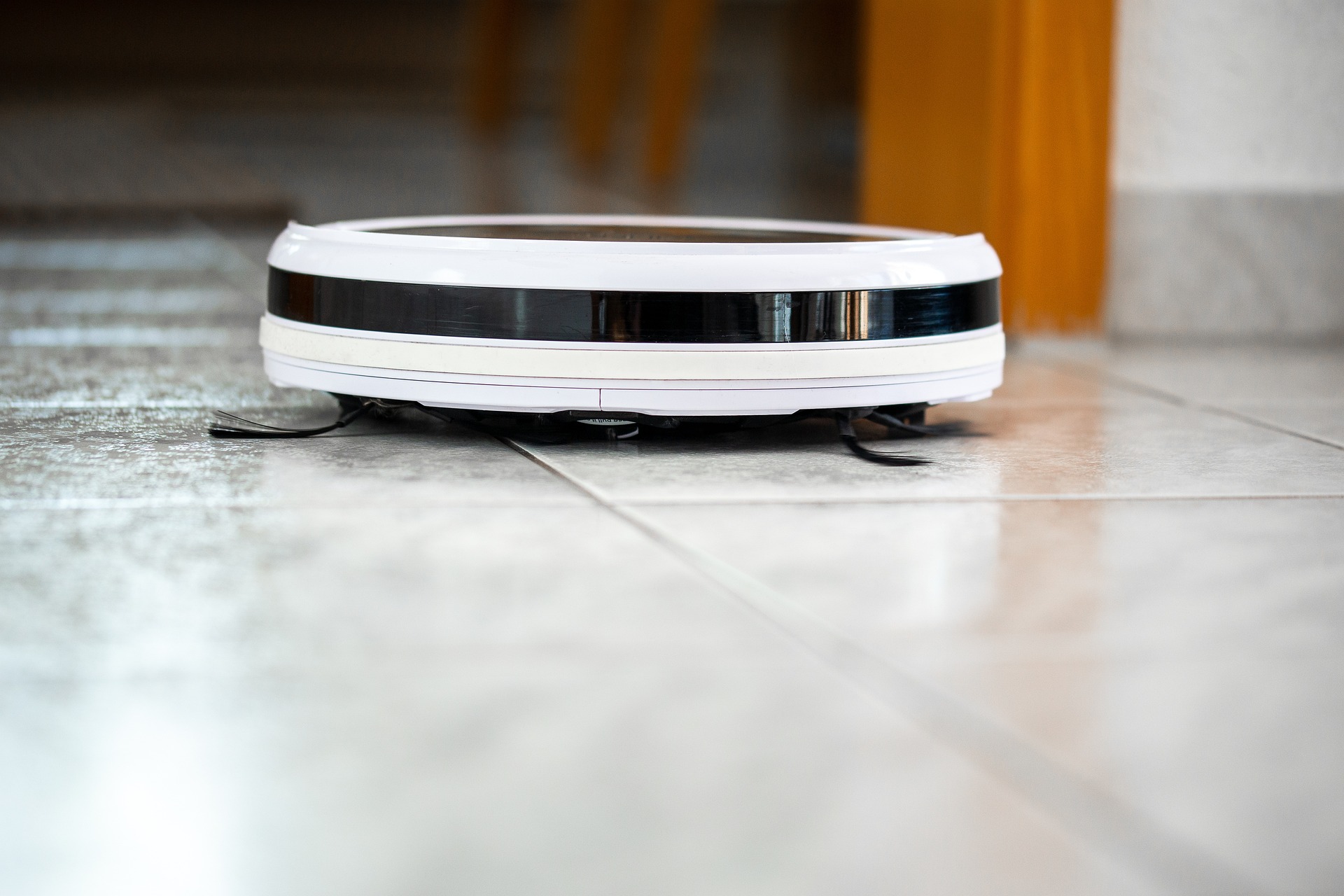"Magnetoelectronics: Changing the Face of Consumer Electronics"
As technology continues to advance, magnetoelectronics is quietly making waves in consumer electronics. This emerging field, which blends magnetism and electronics, is poised to revolutionize our everyday gadgets—from smartphones to laptops. With its potential to increase device efficiency and data storage, magnetoelectronics might just be the next big thing in tech.

A Brief History of Magnetoelectronics
Magnetoelectronics, also known as spintronics, has its roots in the 1980s, but it wasn’t until the early 2000s that it began to gain significant attention. The field focuses on the intrinsic spin of electrons and its associated magnetic moment, alongside the fundamental electronic charge that conventional electronics use.
The discovery of the Giant Magnetoresistance (GMR) effect in 1988 was a key breakthrough in this field. Albert Fert and Peter Grünberg, who won the Nobel Prize in Physics in 2007 for this discovery, found that even small changes in a magnetic field could significantly alter electrical resistance. This phenomenon paved the way for the development of spin-valve transistors, which have since been crucial in increasing the storage density of hard disks.
Magnetoelectronics Today
Fast forward to today, magnetoelectronics is now being explored in the context of various applications in consumer electronics. For instance, the technology is used in the latest generation of Magnetic Random Access Memory (MRAM). Unlike standard RAM, MRAM leverages magnetic states instead of electric charge to store data. This allows for faster, more efficient data reading and writing, and importantly, data is not lost when the device is powered off.
Magnetoelectronics in the Future
Looking ahead, magnetoelectronics holds immense promise. For example, the spintronics logic gates, currently under development, could lead to computers that start instantly and consume significantly less power. This could revolutionize not only laptops and smartphones but also Internet of Things devices and even electric cars.
Moreover, the potential of magnetoelectronics in quantum computing is also being explored. The field could provide a foundation for creating stable qubits—the fundamental units of information in a quantum computer—bringing us a step closer to practical quantum computing.
Market Impact and Pricing
As magnetoelectronics technology continues to mature, it’s likely to impact the pricing of consumer electronics. Devices incorporating MRAM, for instance, could initially be more expensive due to the cost of implementing new technology. However, as production scales and technology improves, prices are expected to fall.
The market for magnetoelectronics is predicted to see significant growth in the coming years. A report from Allied Market Research estimated that the global spintronics market could reach $2.2 billion by 2027, up from $230.8 million in 2019.
Conclusion
Magnetoelectronics is undoubtedly a game-changer for consumer electronics. While still in its early stages, this field holds the potential to transform our devices, making them more efficient, powerful, and capable. Keep an eye on this space, as the magnetoelectronics revolution is just beginning.




